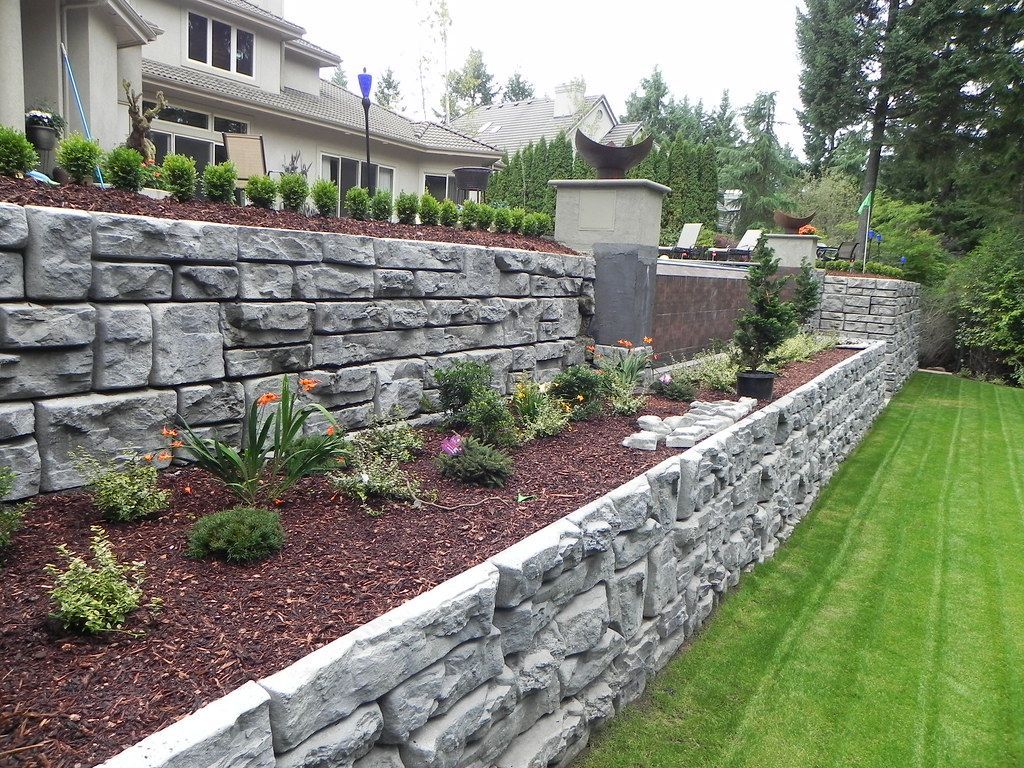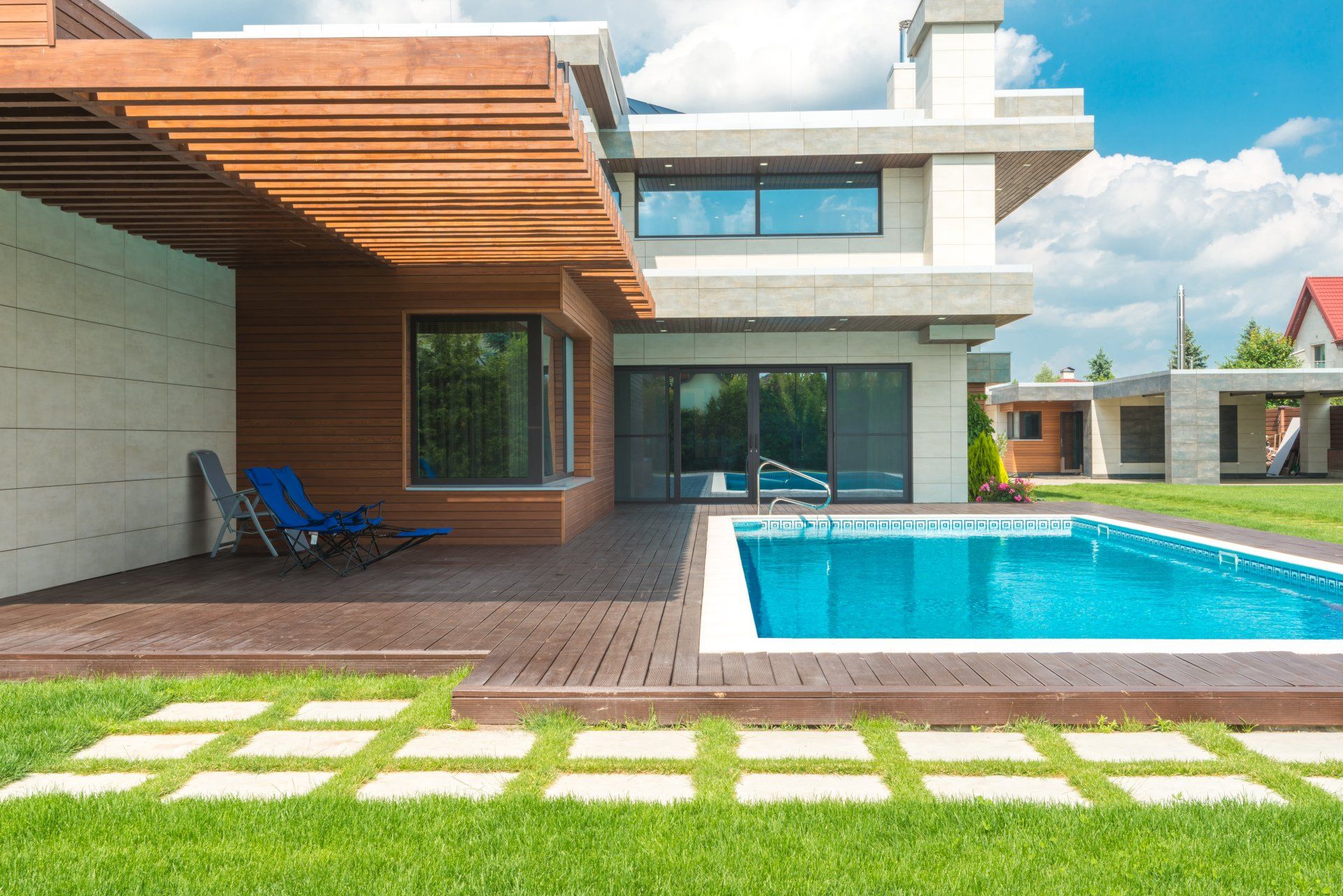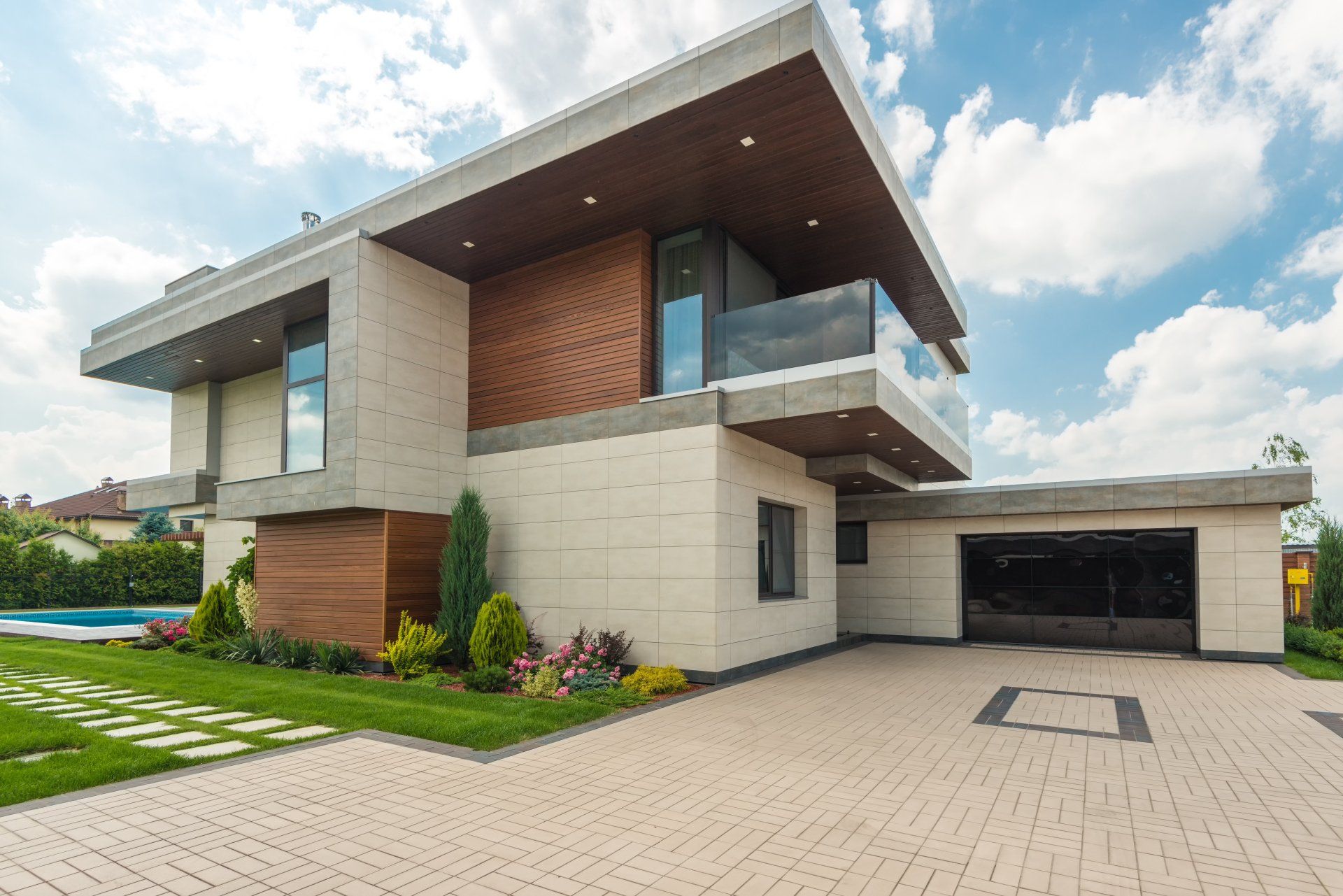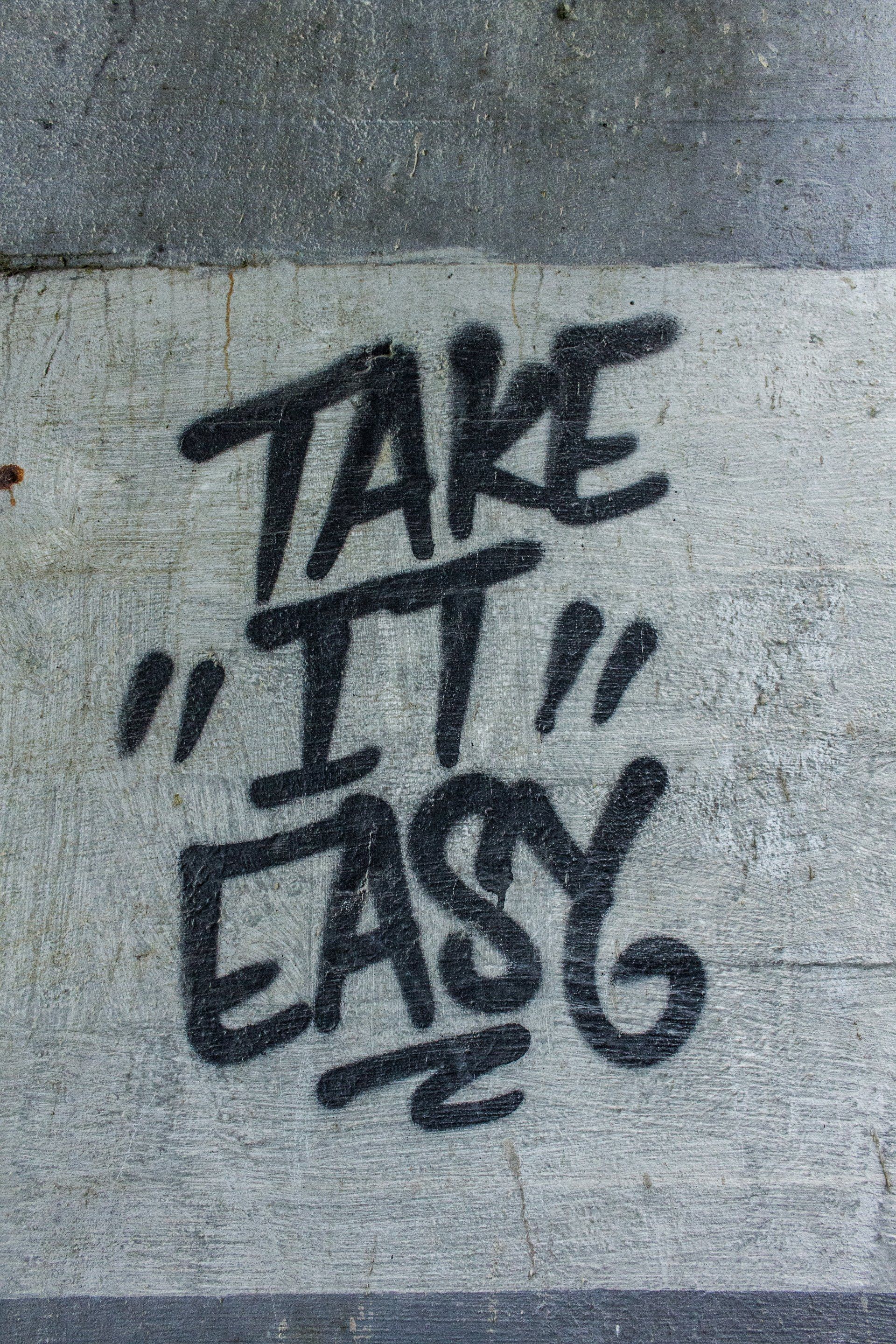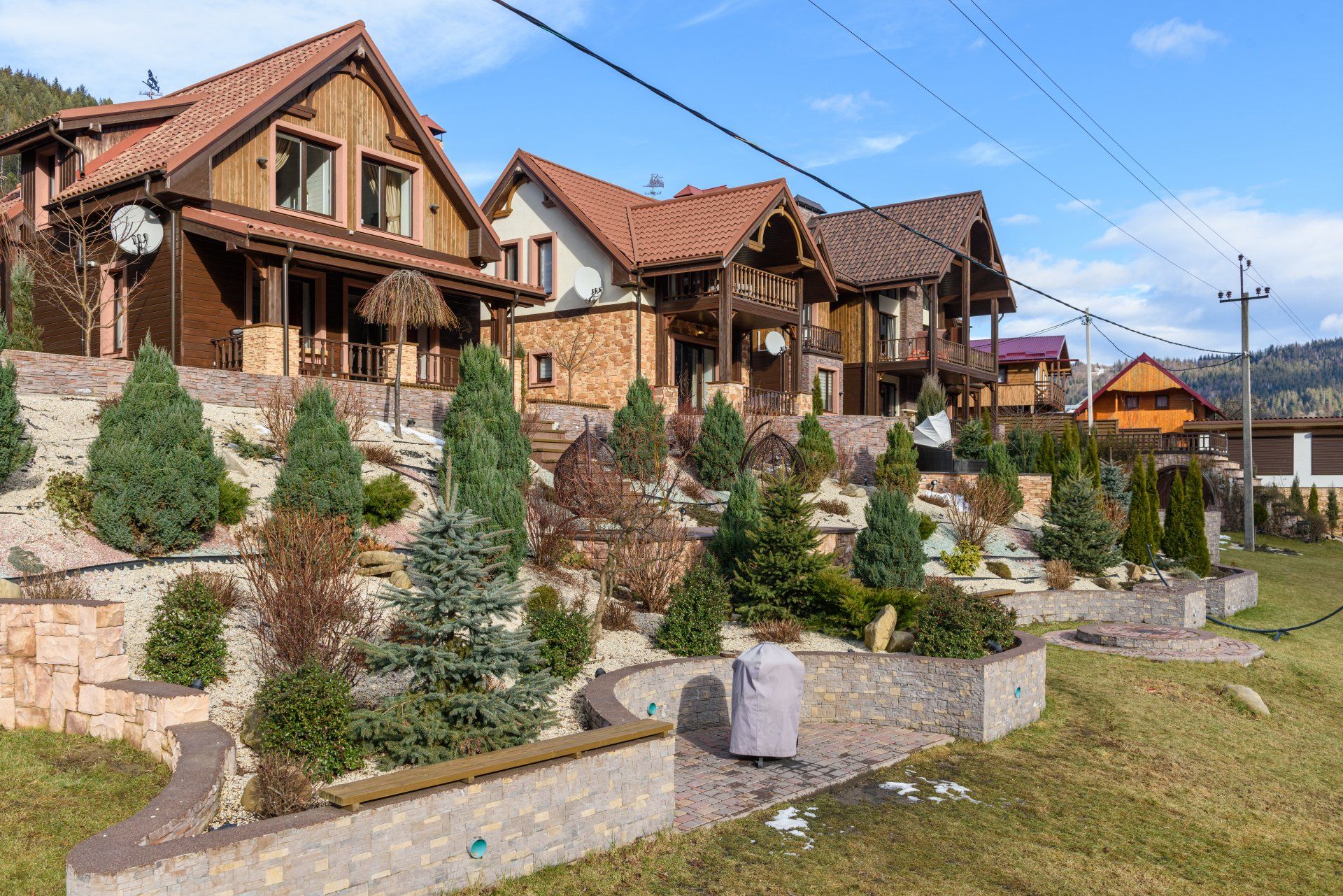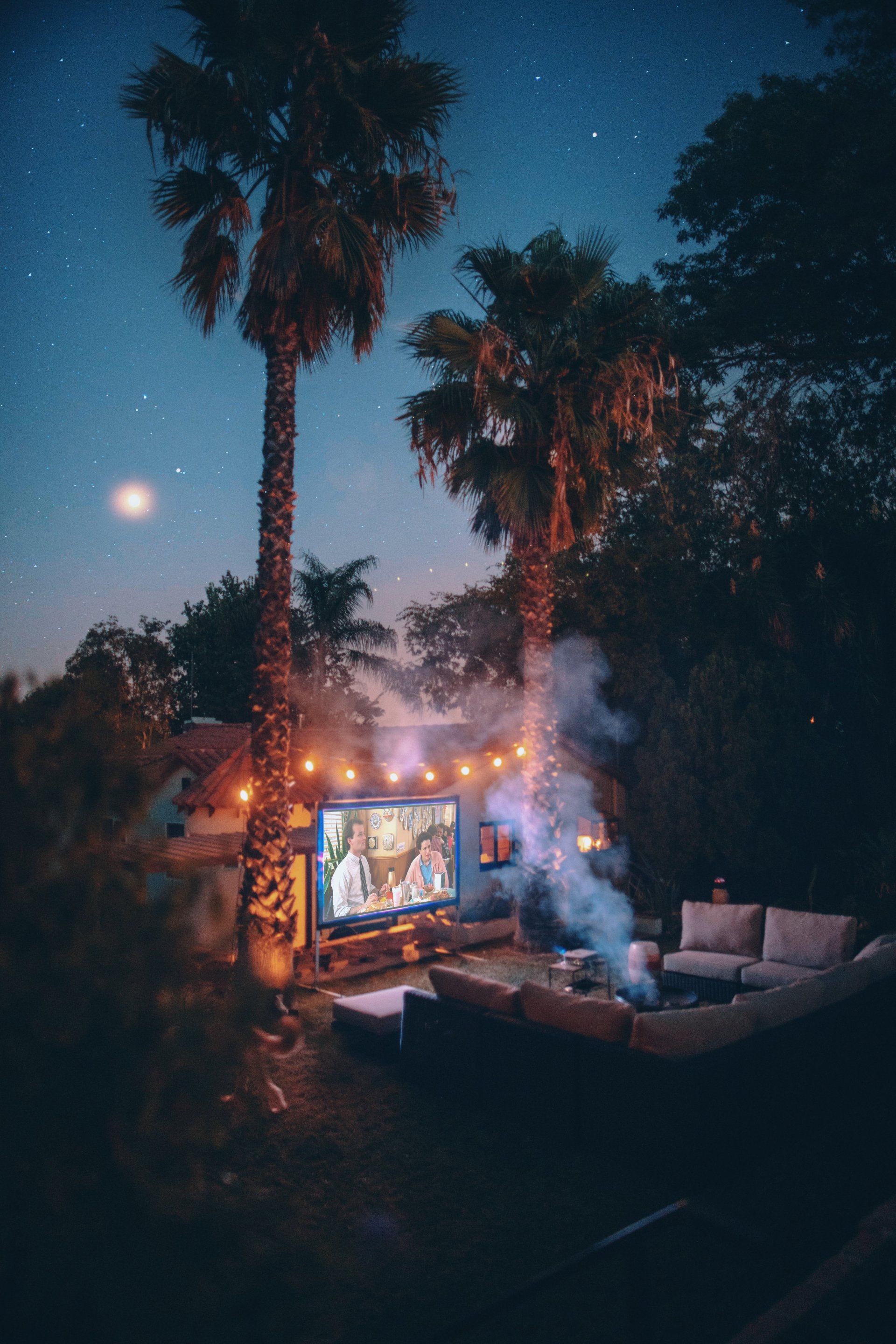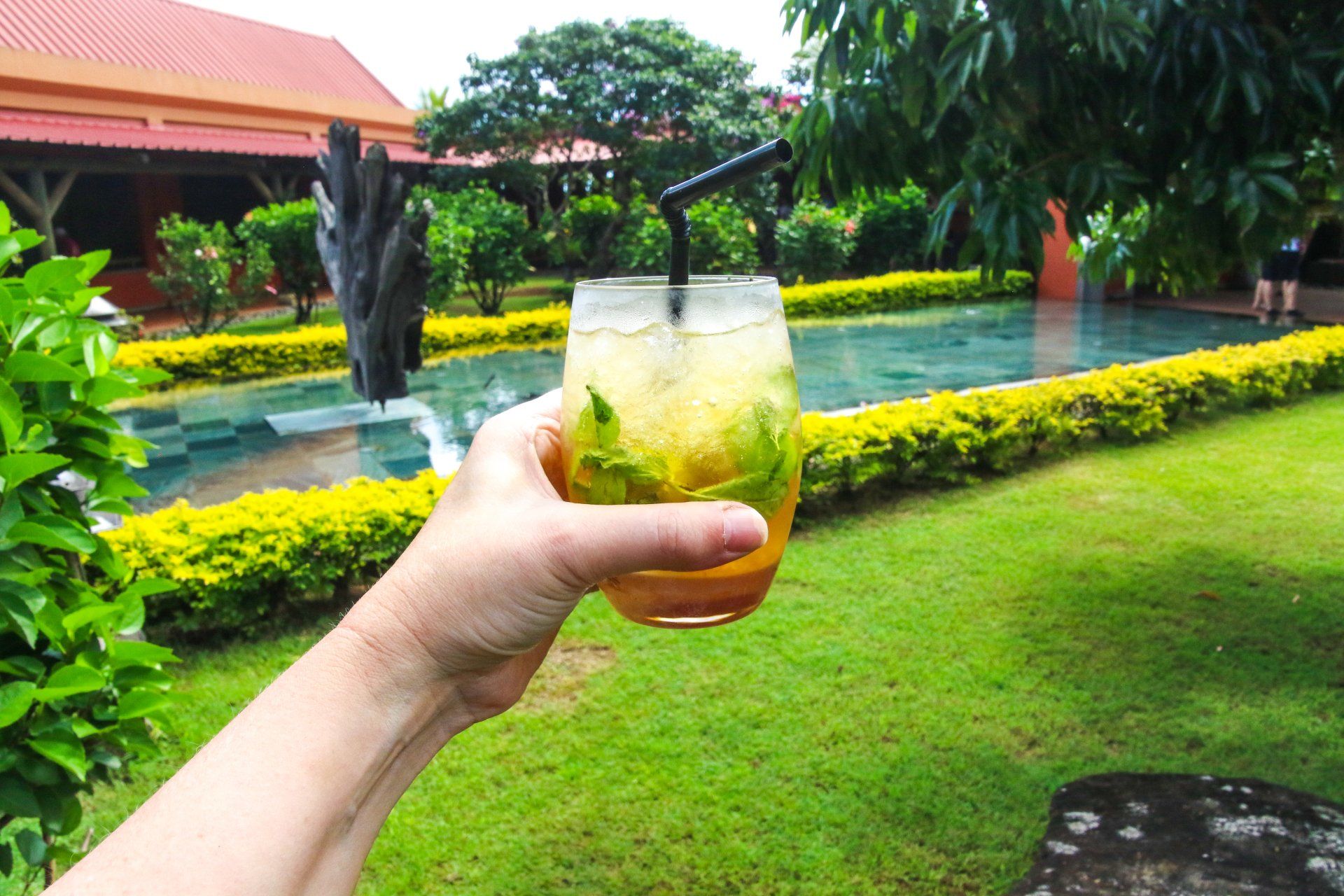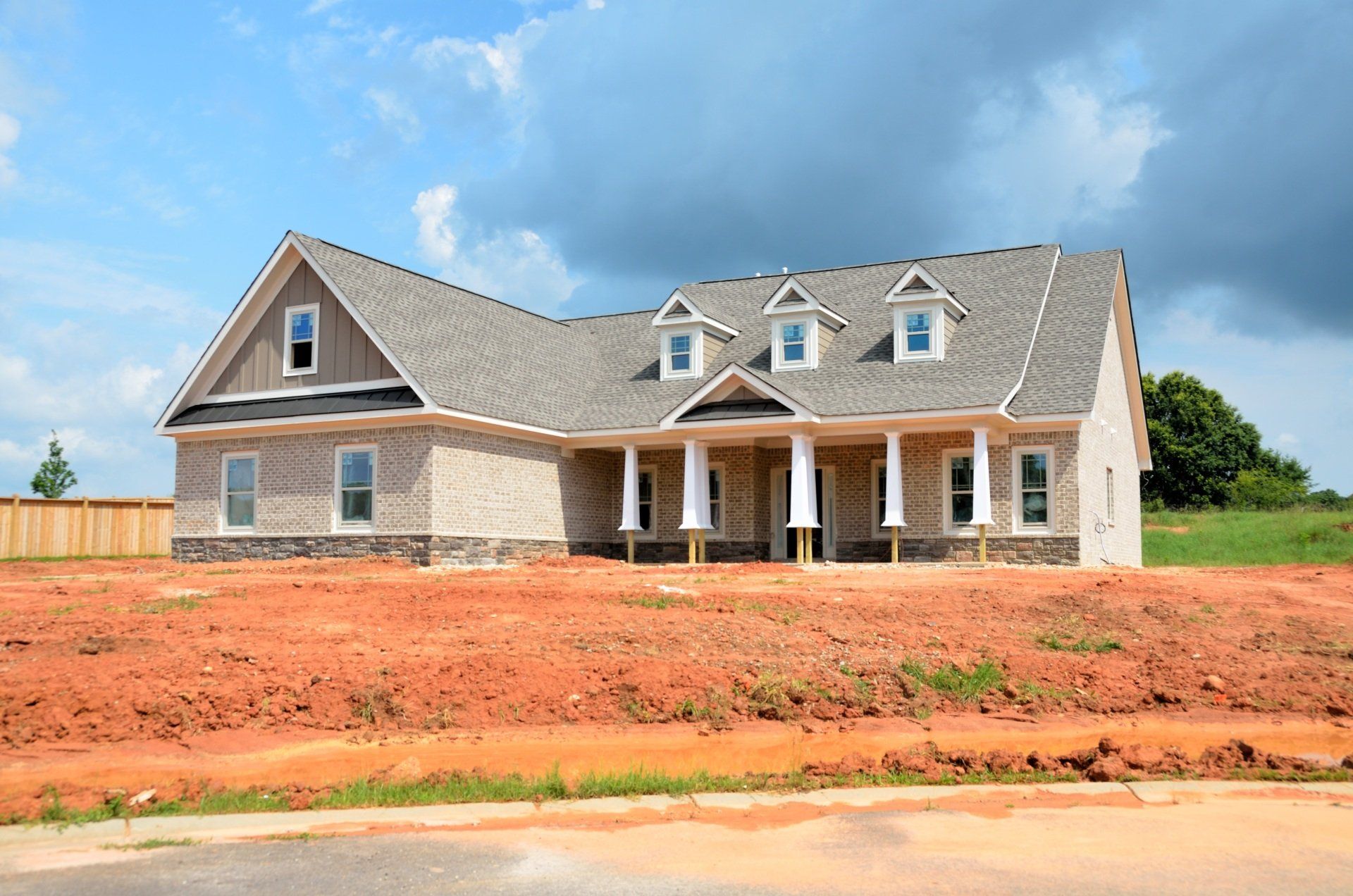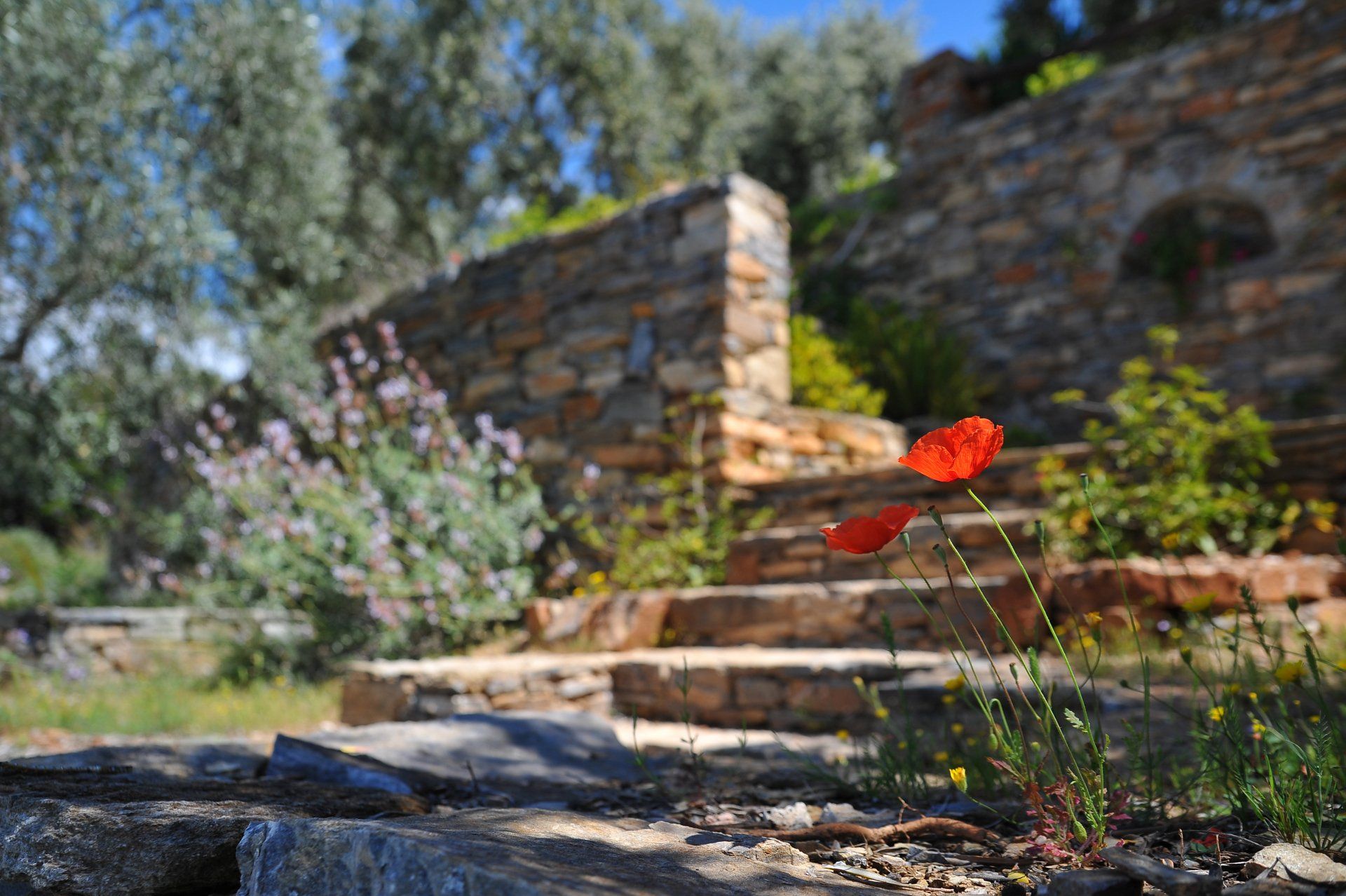Mastering the Art of Landscape Design
Step-By-Step Landscape Design
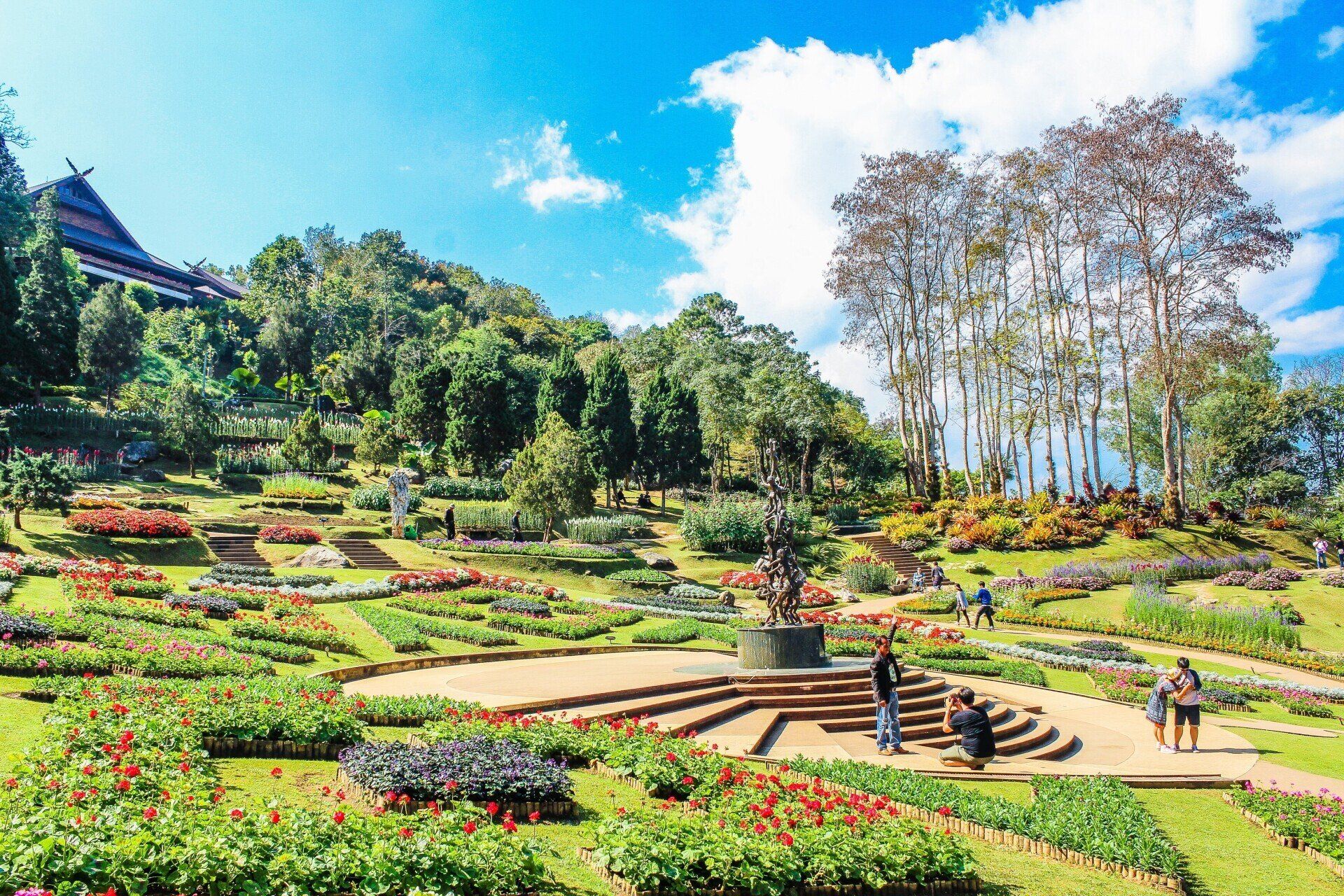
Landscape design is an art form and a science, requiring both creativity and technical skills to create an environment that is both aesthetically pleasing and functional. Site planning involves analyzing the land's topography, soil conditions, sun exposure, climate, water sources, and other environmental factors; line drawing creates a two-dimensional representation of the planned landscape; and marker rendering brings the design concept to life with vivid colors and textures. As part of the design process, careful consideration is given to incorporating elements such as trees, shrubs, flowers, hardscapes (decks, patios), pathways, retaining walls, and other features that can enhance the look of any outdoor space. Additionally, it's important for designers to consider how these elements interact with each other in order to maximize their impact on creating a desired atmosphere or ambiance.
Once an initial plan has been developed by taking into account all these factors, experienced landscape designers are able to further refine this plan by making adjustments to optimize visual appeal while still meeting practical needs. This may include introducing additional elements such as ponds or water features; strategically placed lighting; or carefully chosen plants based on their ability to thrive in the local climate. Furthermore, regular maintenance services should be considered when creating a landscape plan so that it remains healthy and attractive over time. In addition to making sure individual plants are properly pruned and fertilized as required for optimal health, designers should also ensure there is enough space between trees and plants for sunlight penetration as well as adequate irrigation throughout the landscape in order to keep vegetation looking its best season after season.
Plan It Like Its Hot
Site planning is an essential aspect of the landscape design process, as it grants the designer invaluable insight into the special characteristics of any given site. This, in turn, allows them to create a plan that takes those particular details into consideration when making decisions. When conducting a site plan analysis, numerous components should be taken into account: slope, sun exposure, and soil conditions.
- The slope of the land can affect how water drains and how easy or difficult it is to access. A competent designer will take this into account when deciding where to place hardscapes and plants; for example, if the site has a steep incline, retaining walls or terraces may be used for creating level surfaces. On the other hand, should the site happen to be relatively flat, grading techniques may be employed in order to produce visual interest or direct water runoff away from certain areas.
- Sun exposure is another key factor when designing a landscape; depending on that factor's intensity and duration, certain types of plants will thrive in a certain area while others will not. This means that designers must think carefully about which parts of a site get more sunlight than others so they can use this information to create spaces with both sun-filled as well as shaded areas. For instance, plants that prefer full sun exposure can be situated in spots with ample sunlight while partial-shade species may be placed in areas where there is dappled light present instead.
- Soil condition types and quality can cause varying effects on plant health and growth. Thus, designers must pay close attention to these elements when selecting suitable plant life for any given space; for example, species that require quick drainage can be planted in sandy soil whereas those preferring higher moisture levels in their surroundings will do better if planted in clay soil instead.
Straight Lines and Sharp Edges
Line drawing is an artful technique used to create a graphical outline of the layout of a landscape. It involves the use of lines to represent various elements in the landscape, such as pathways, plant beds, and other structures. Line drawings can be done by hand or on computer using design software, with each element represented in its accurate size. This type of drawing can be helpful for visualizing the layout of the landscape and communicating ideas about it to others.
There are several types of lines that can be utilized when performing line drawings. Contour lines are used to show how hilly or sloped the land is, usually being drawn at regular intervals that indicate elevation. Dimension lines are used to show size and scale by way of horizontal or vertical lines accompanied by measurements. Symbolic lines depict different elements in the landscape through symbols like trees, shrubs, and pathways; labels and descriptions typically accompany these symbols.
This type of drawing is quite useful due to its ability to capture intricate details within the landscape that may otherwise go unnoticed. Furthermore, line drawings help those directly involved with planning and design better understand what their vision may entail before beginning actual implementation or construction work. Additionally, it provides an effective way for people from various fields such as engineering and architecture to collaborate together on projects that involve mapping out an area's terrain in detail.
Marker Rendering To Bring It Life
Marker rendering is a creative technique used to add color and texture to line drawings. Artists use markers, colored pencils, and other materials to give their design concept more visual interest and better convey the message behind it. Marker rendering can be done by hand or through computer software and is often done after the line drawing is finished. This type of illustration enhances the design concept by making it appear more lifelike and can be used to show how the landscape will look at different times of the day or during various seasons.
There are various types of markers used in marker rendering, each with its own distinct characteristics. Alcohol-based markers are known for their vibrant colors and easy blending capabilities while watercolor markers offer a range of effects from subtle washes to bold colors that can be layered or blended together. Pastels provide soft, muted colors that create an ethereal feel to your artwork while chalk markers have a matte finish and can be erased when needed.
The process of designing a landscape comprises many considerations including the overall style desired, and functional needs of the user, as well as maintenance requirements. For instance, if you’re creating a family-oriented landscape then make sure to include features like play areas that are safe for children while if you’re designing a space for retirees focus on creating an environment that is peaceful and relaxing with elements such as seating areas or fountains. When it comes to maintenance, pick plants that require little upkeep based on your local climate as well as implement sustainable practices like drip irrigation or rainwater catchment systems which help conserve water.
By keeping all these factors in mind, you can develop an aesthetically pleasing landscape that fulfills both the functional needs and aesthetic desires of users for years to come - whether you’re designing a small backyard or a larger piece of property. If you need help getting started with your landscape design project, don’t hesitate to reach out to landscape professionals who specialize in this field - consultations are free! With the right techniques employed correctly, you can create an outdoor space that you absolutely love spending time in!
See Previous Post Here:
https://www.savannah-landscape.com/12-clever-tricks-to-make-your-small-yard-look-like-a-secret-garden
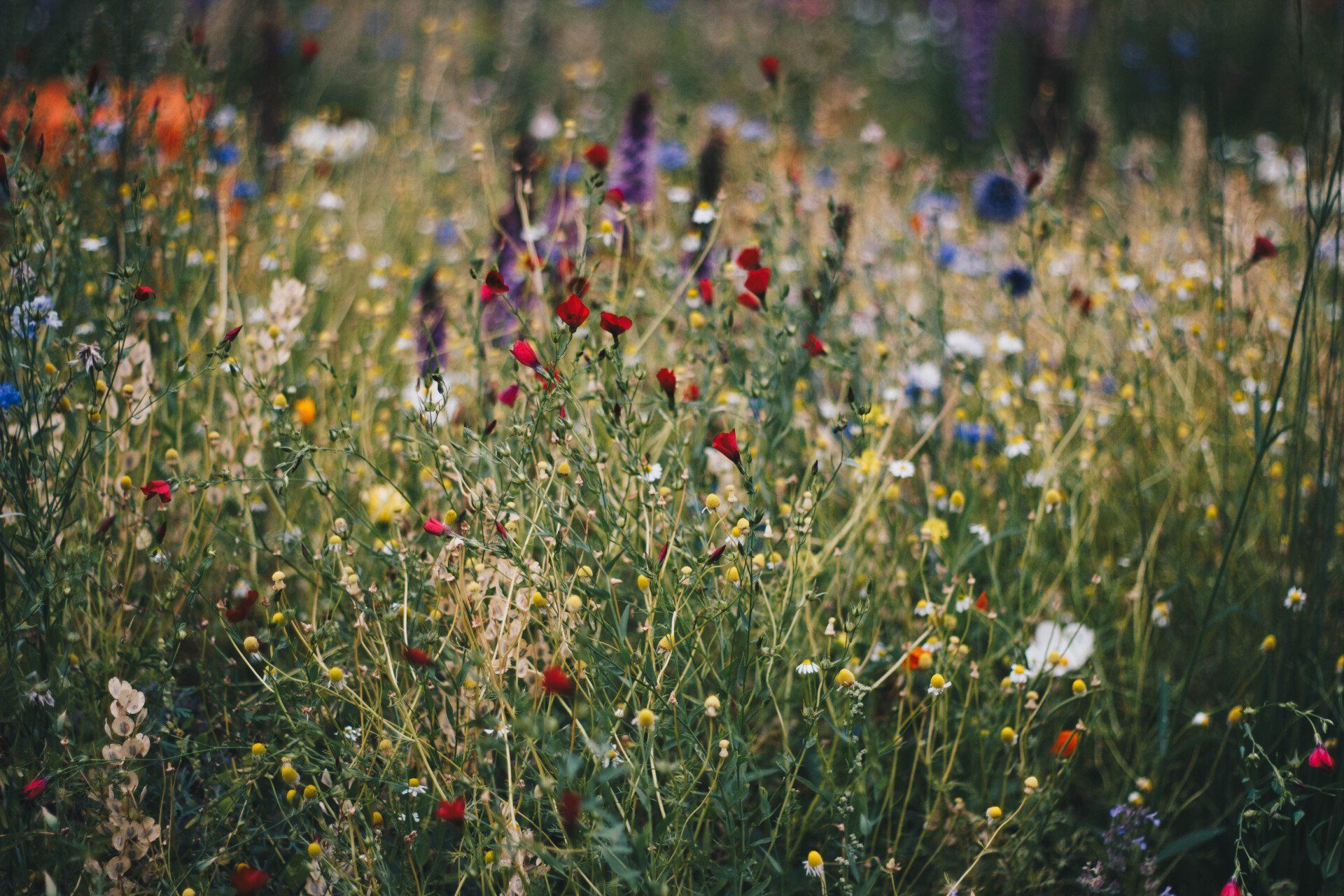

Contact
Savannah, GA, United States
By interacting with this company, I essentially agree to be contacted via SMS

